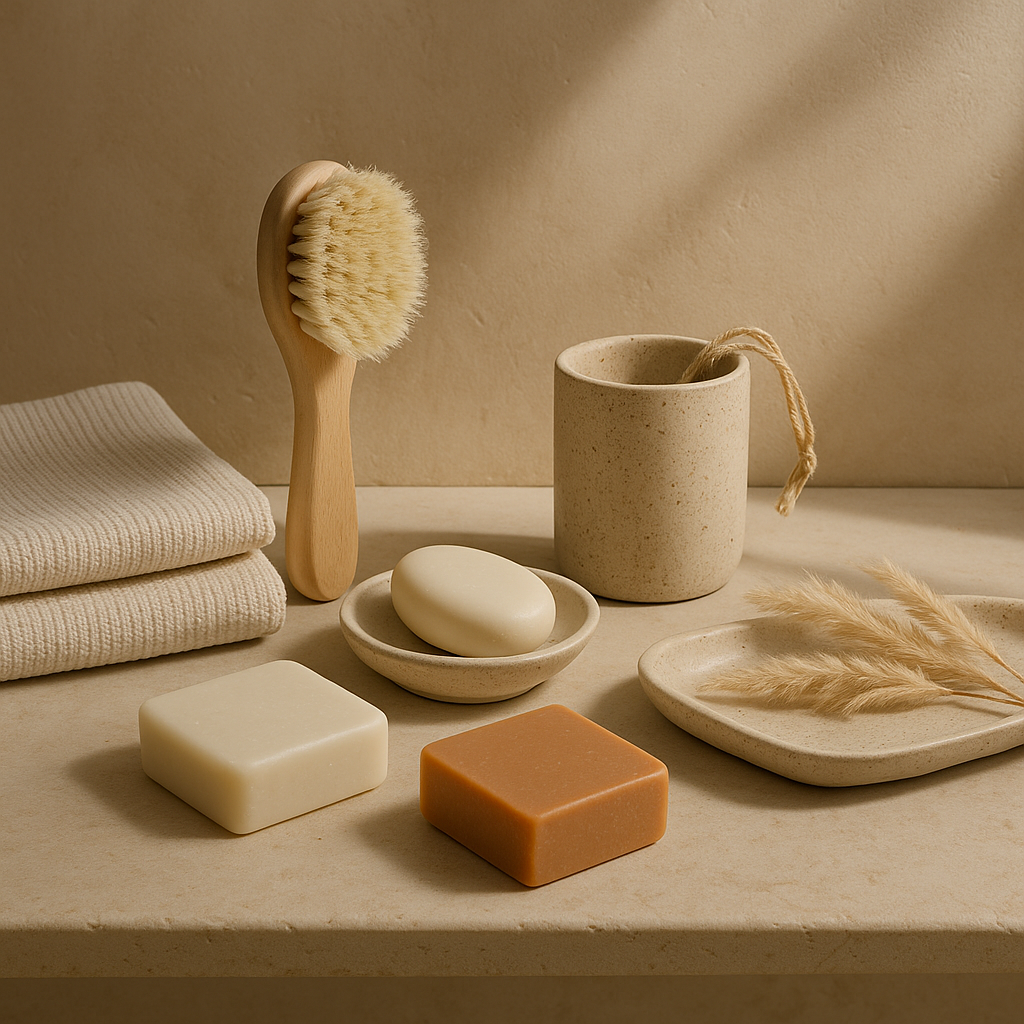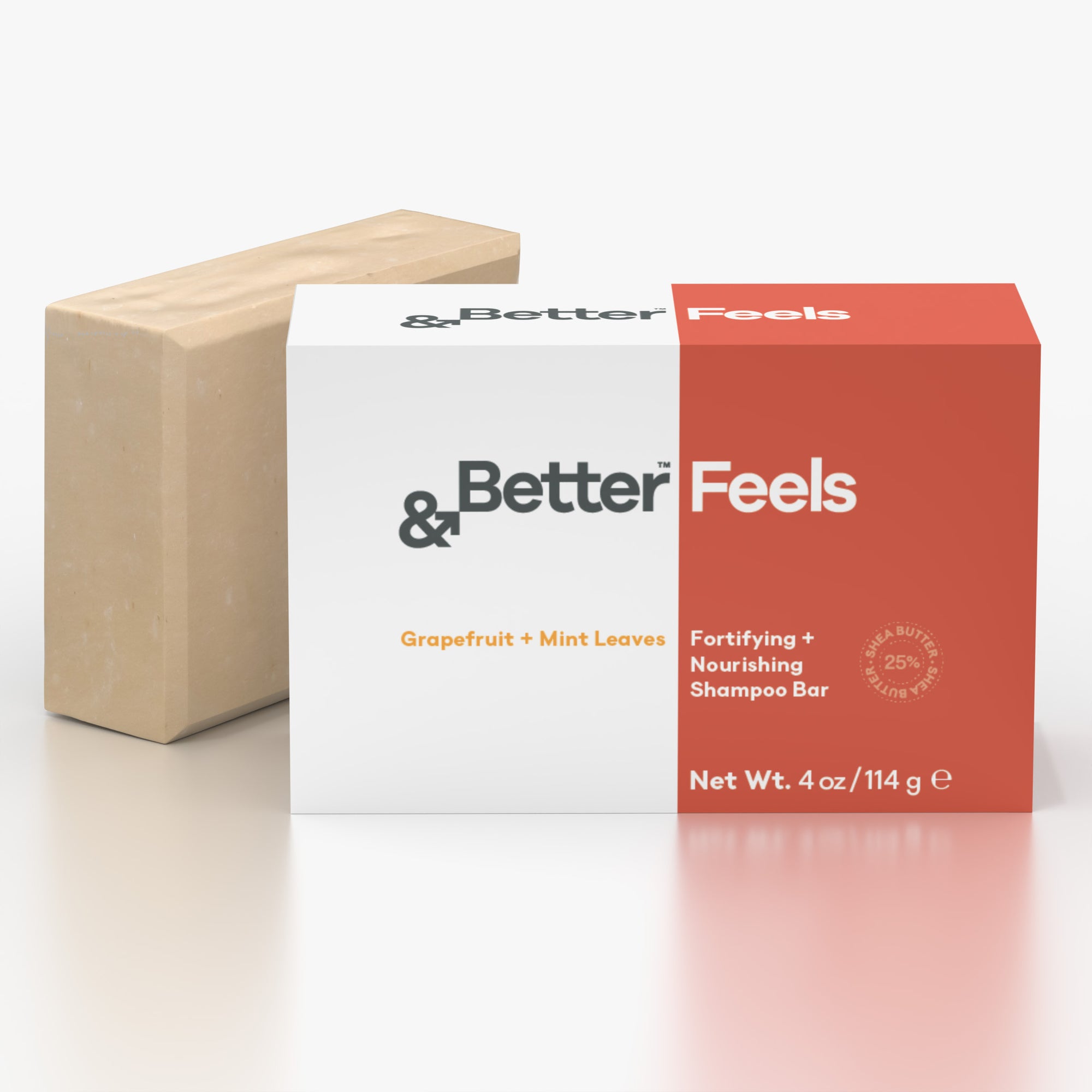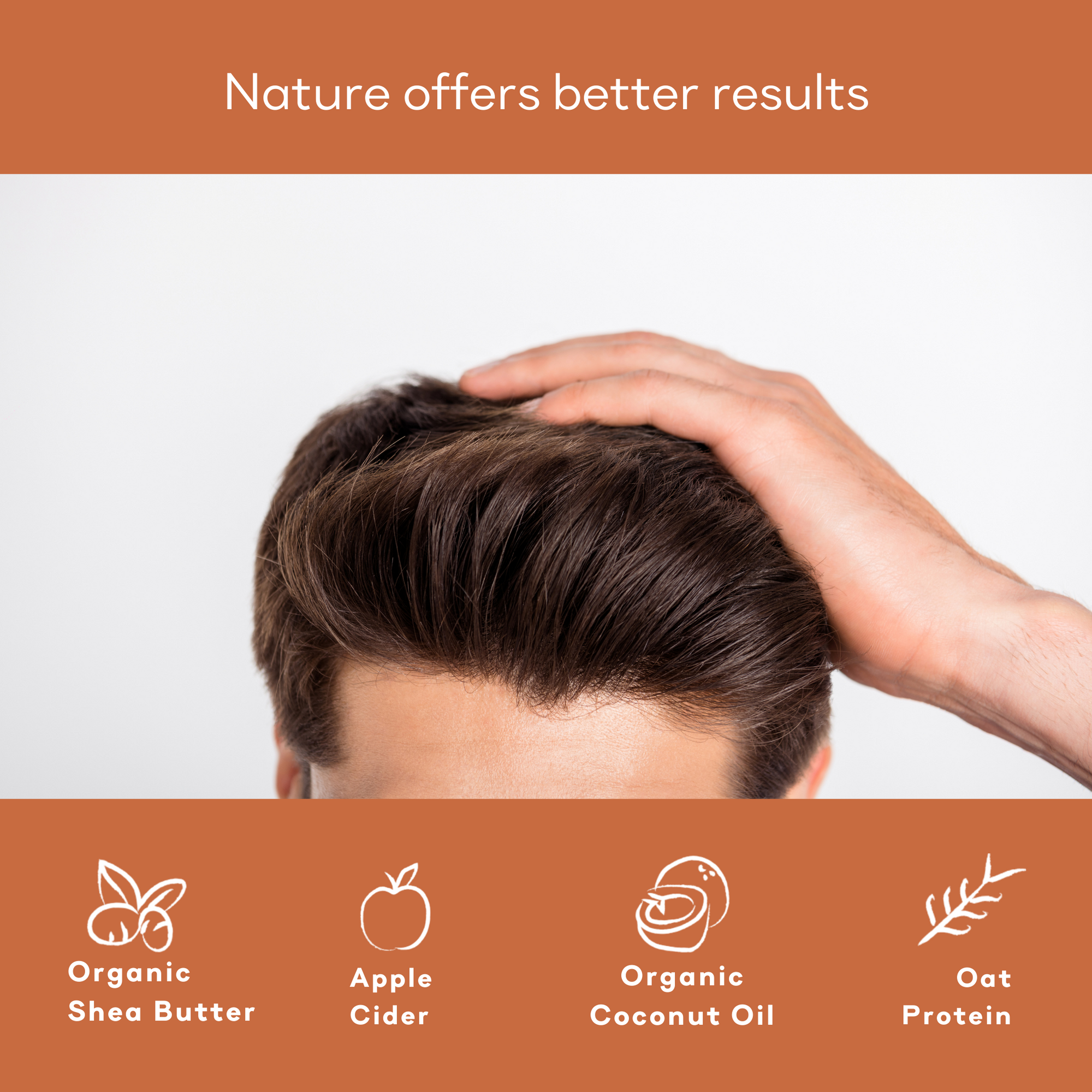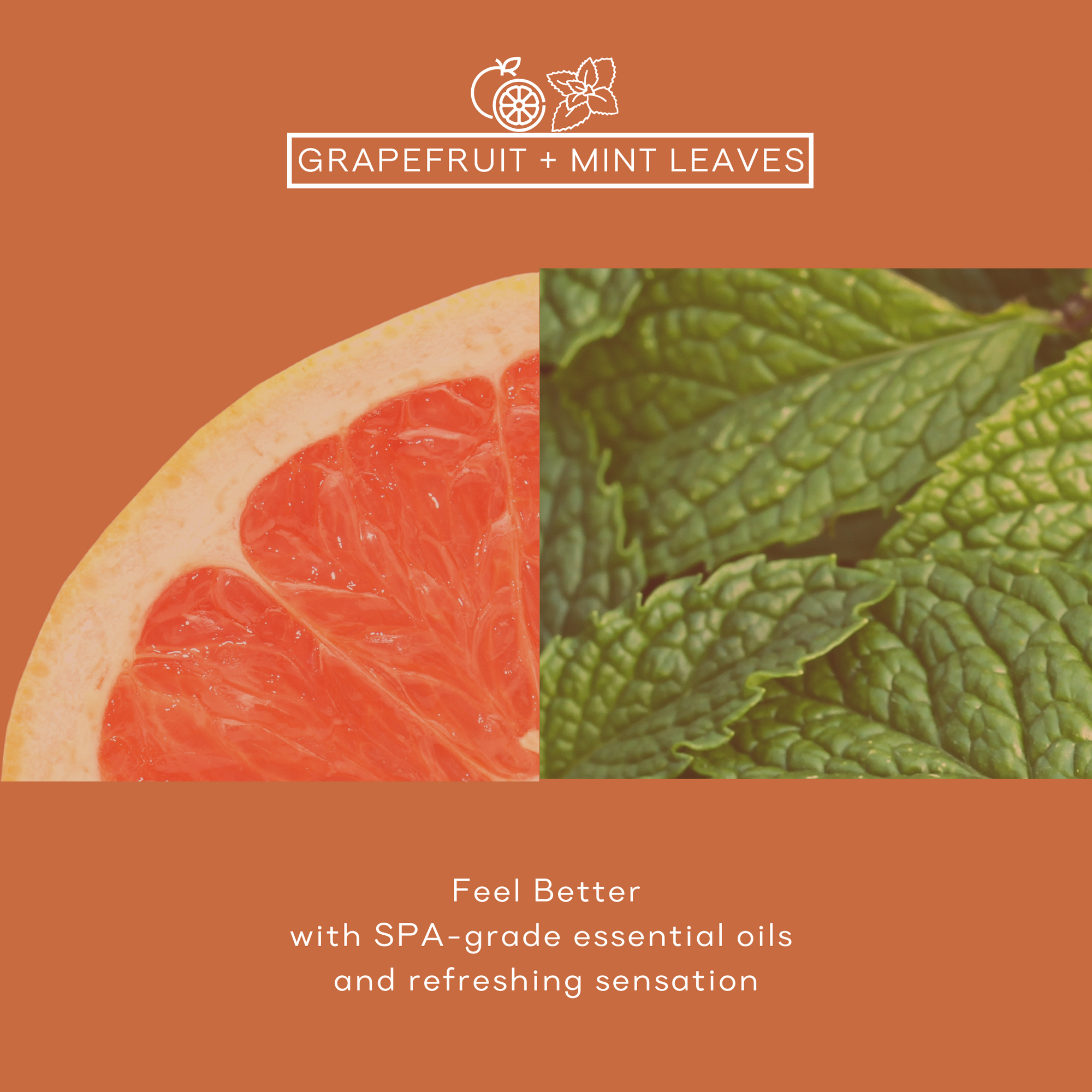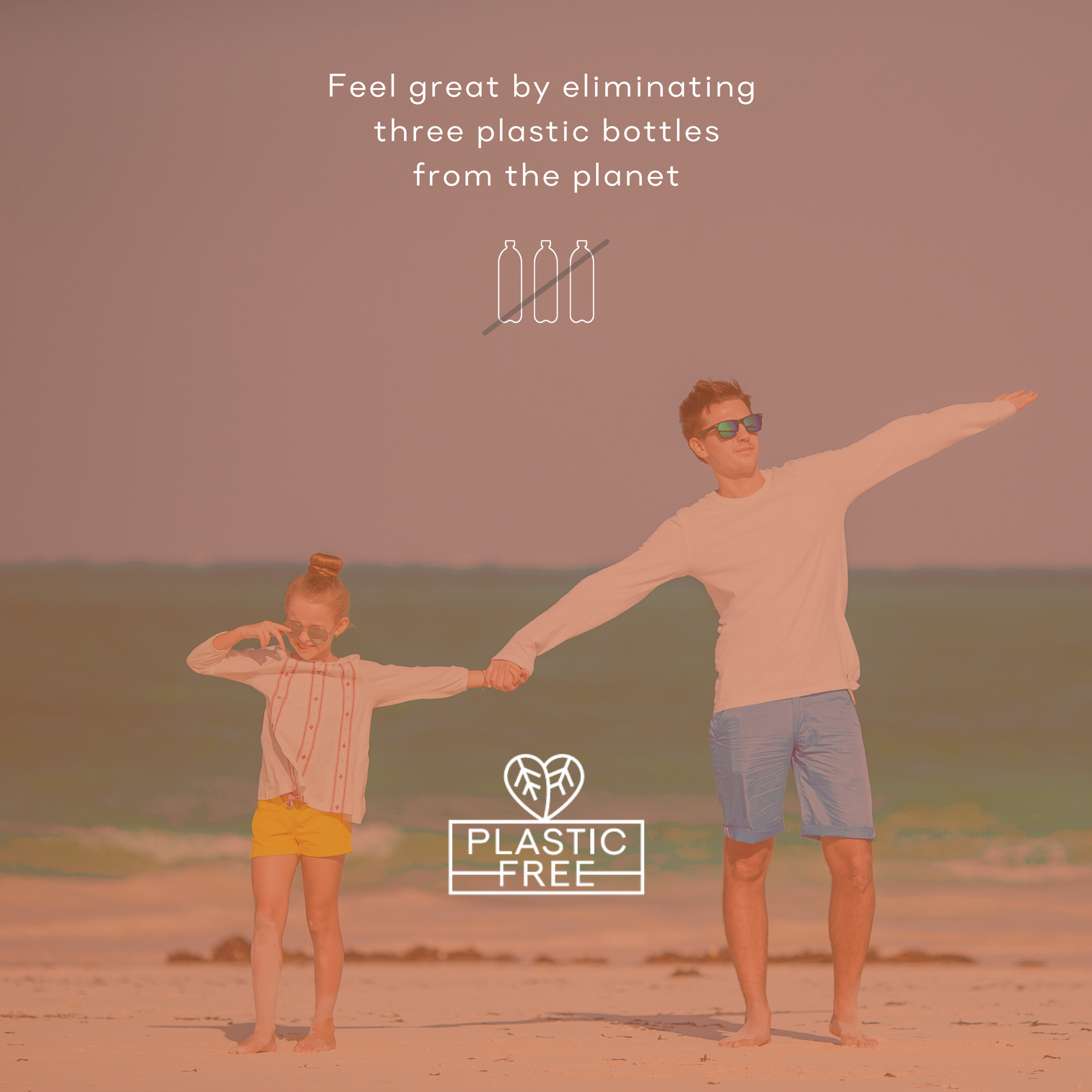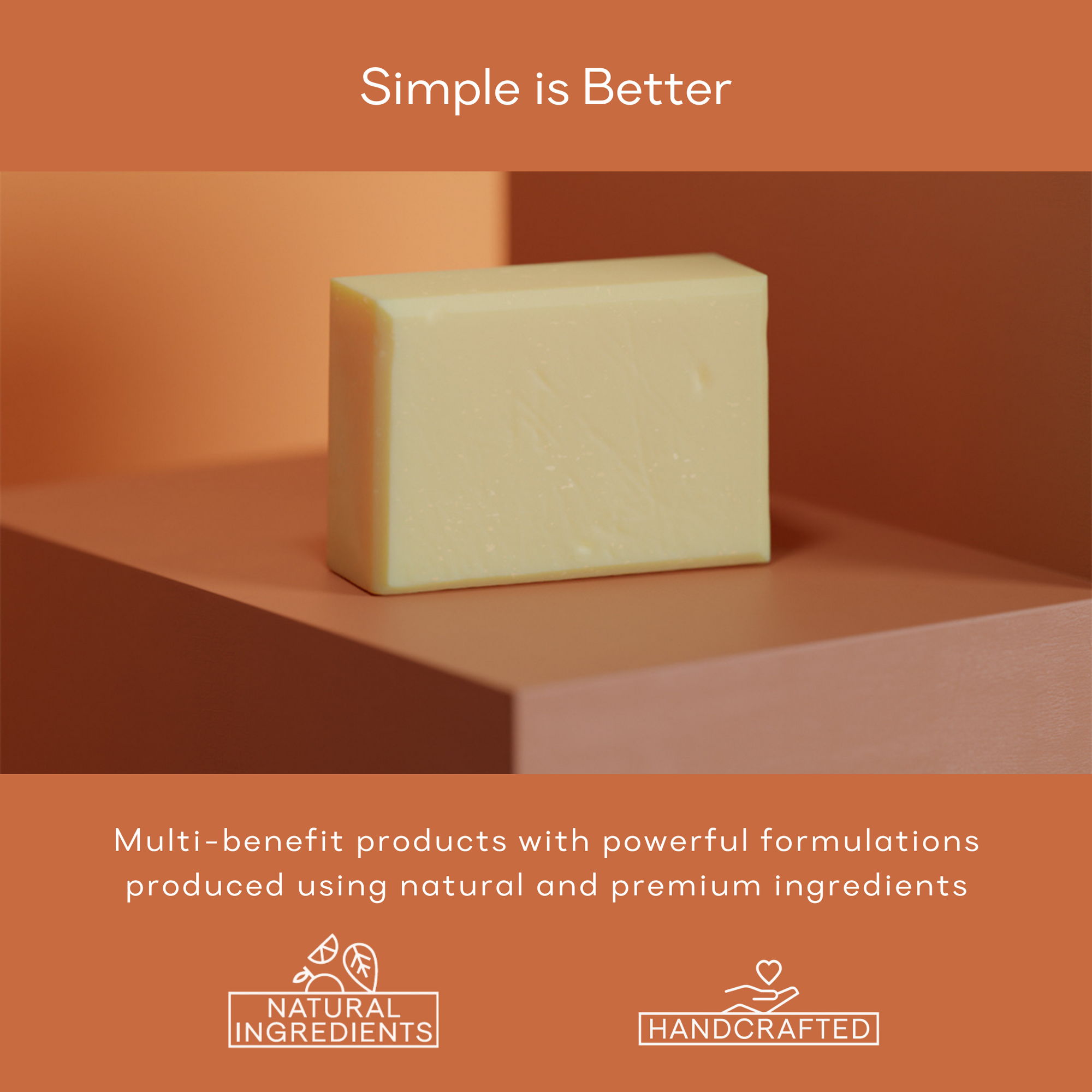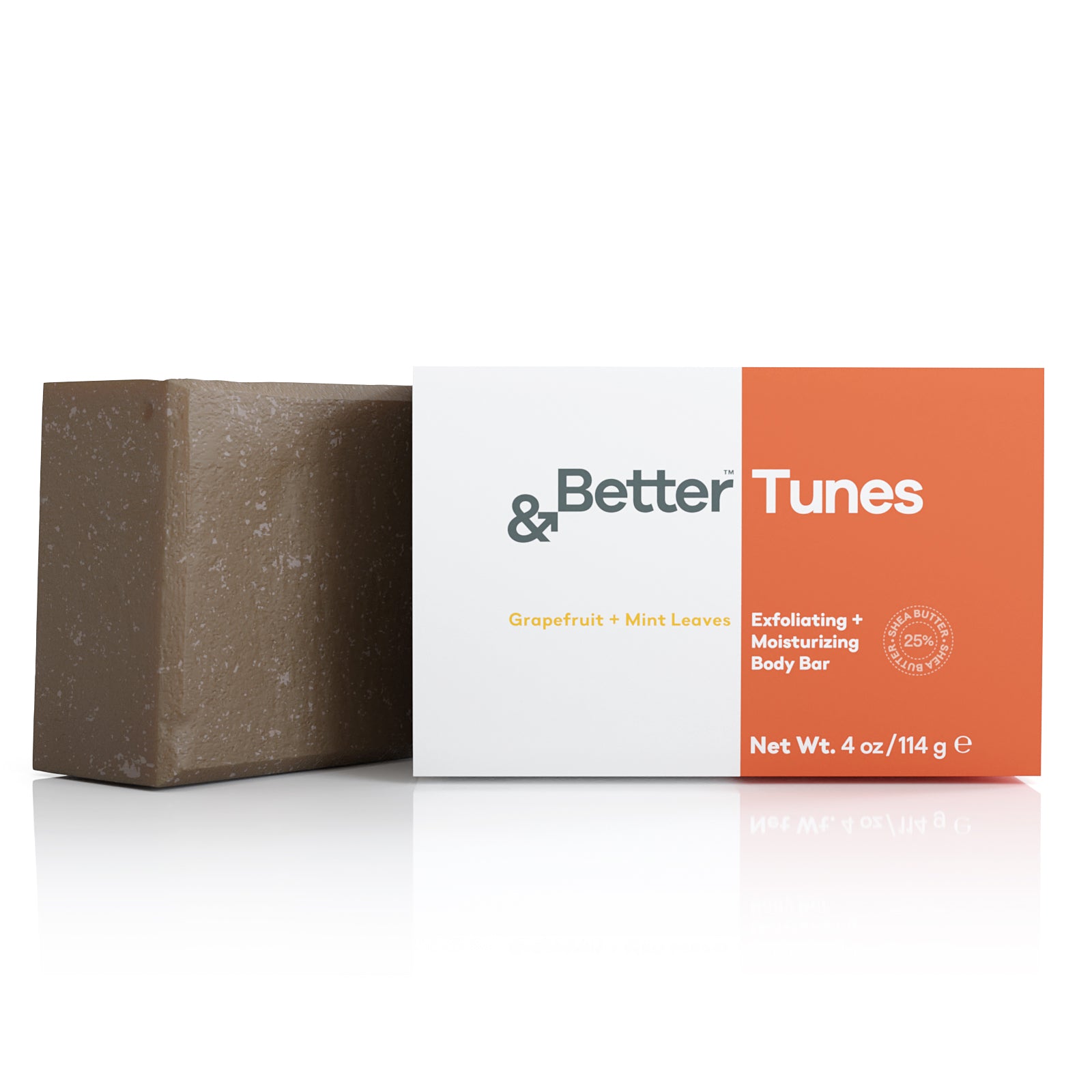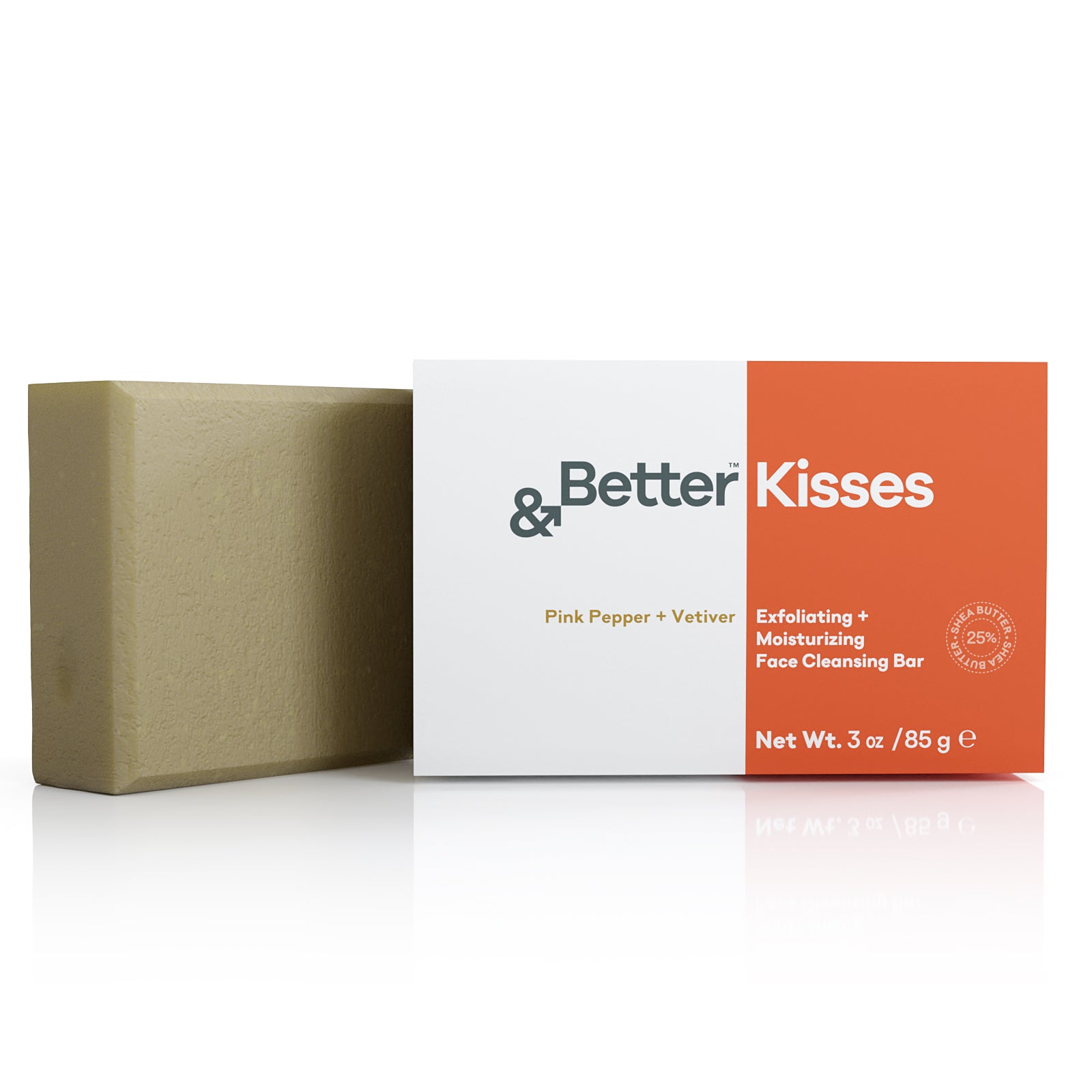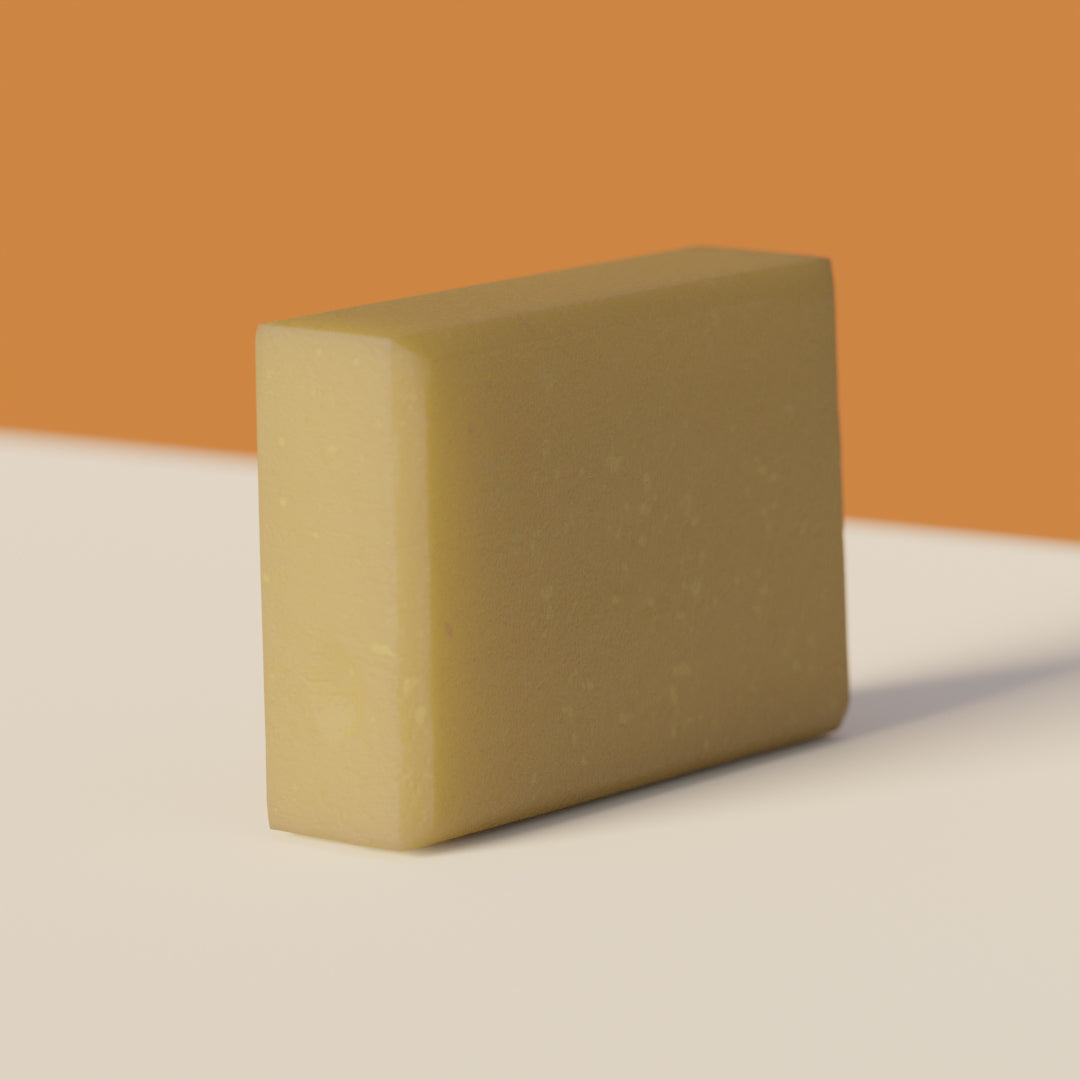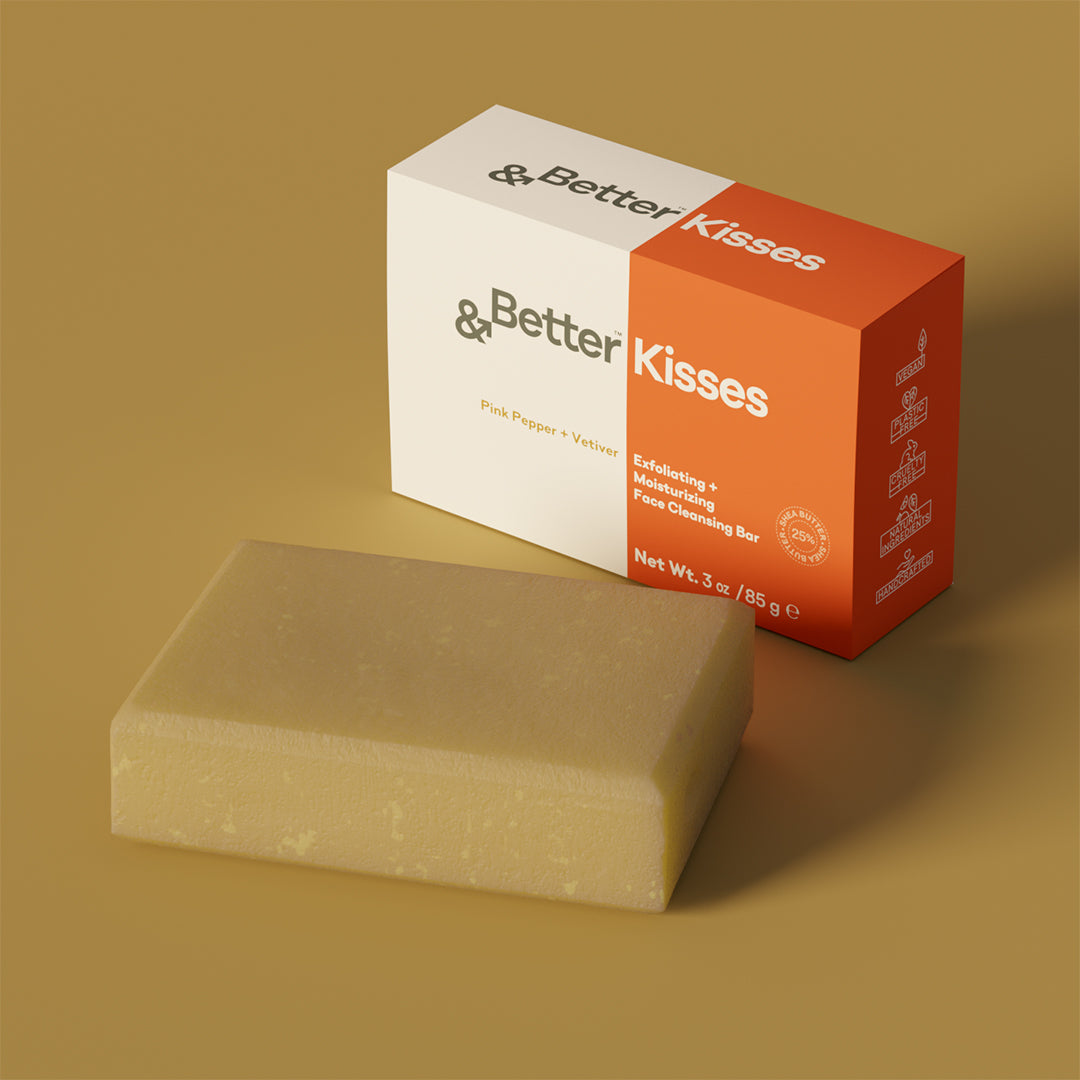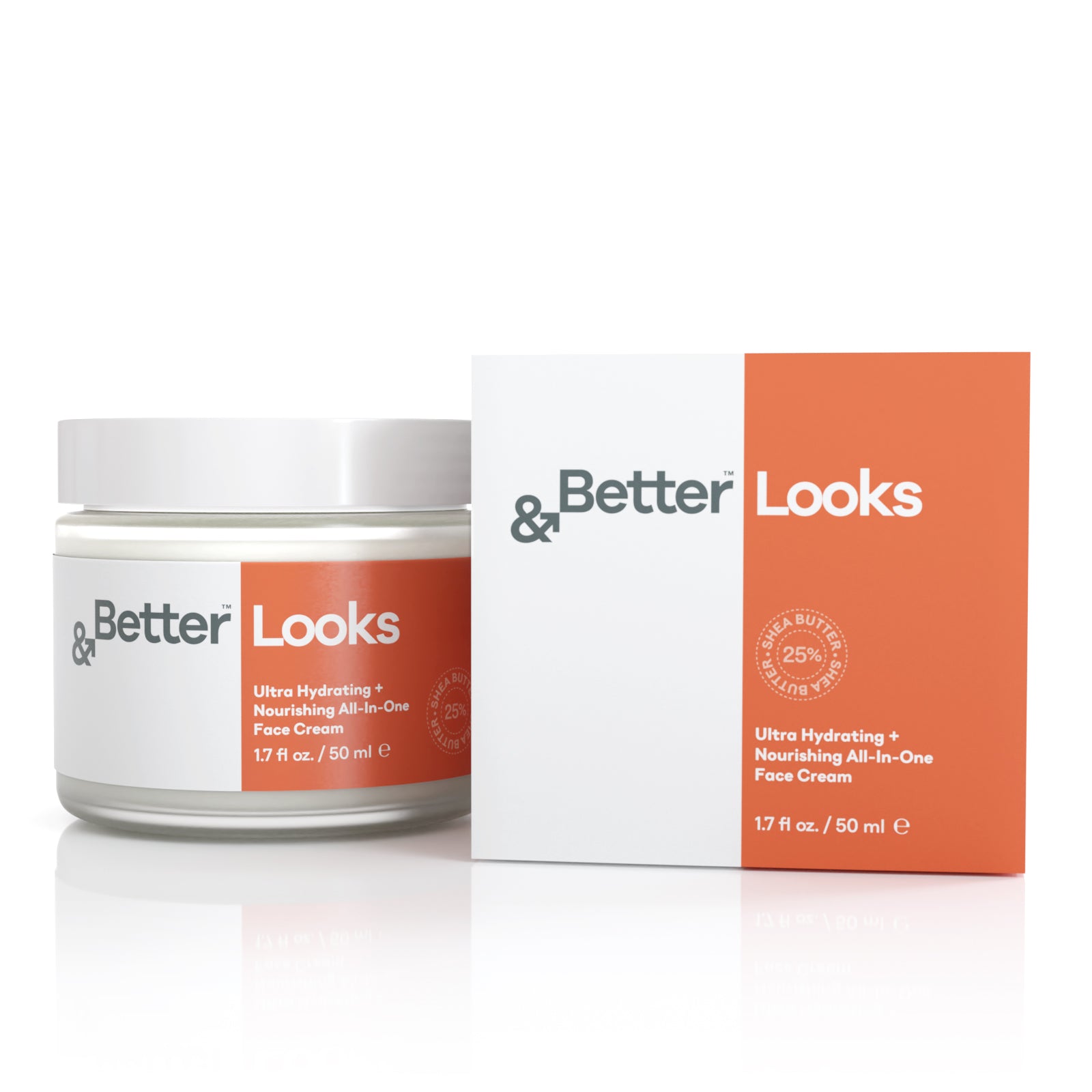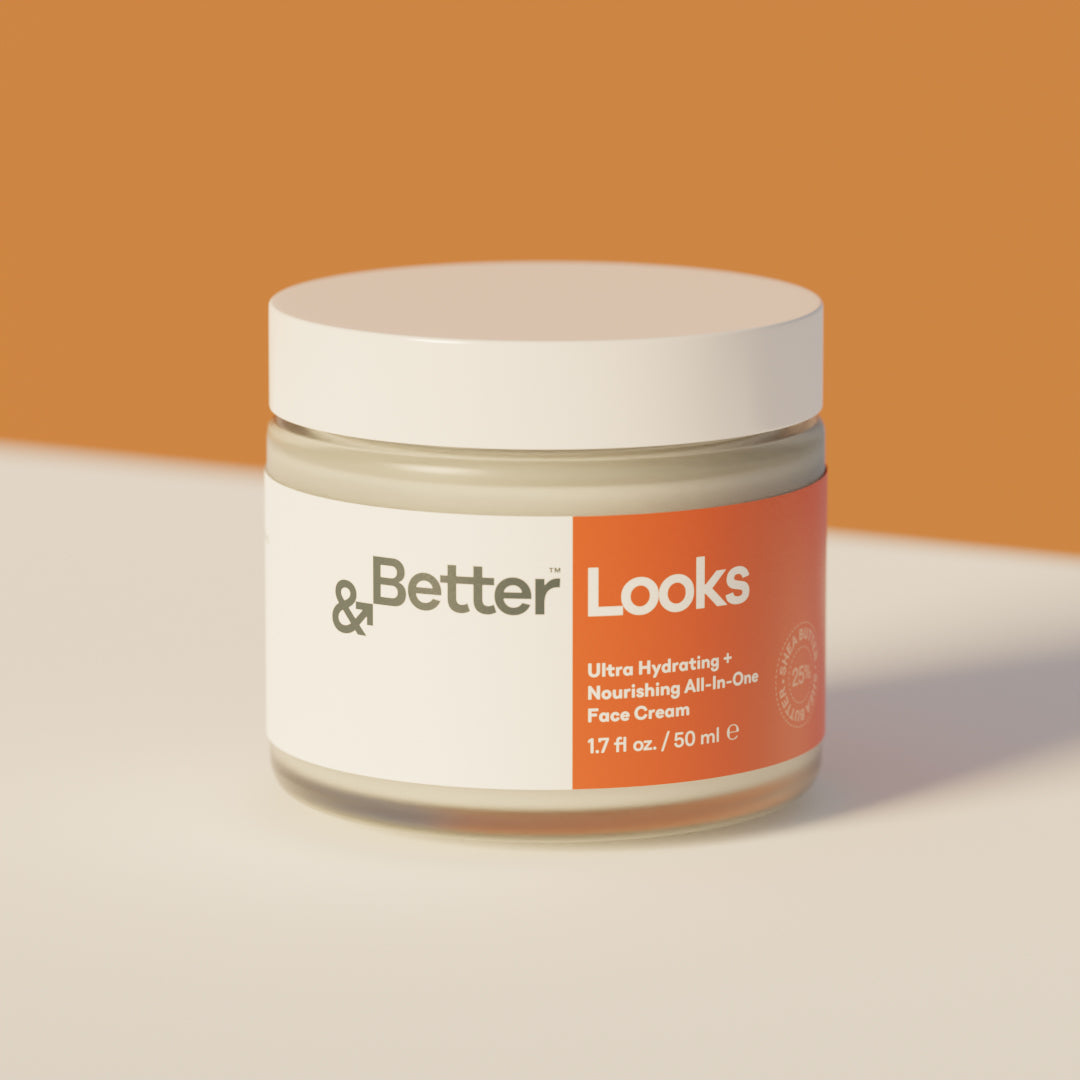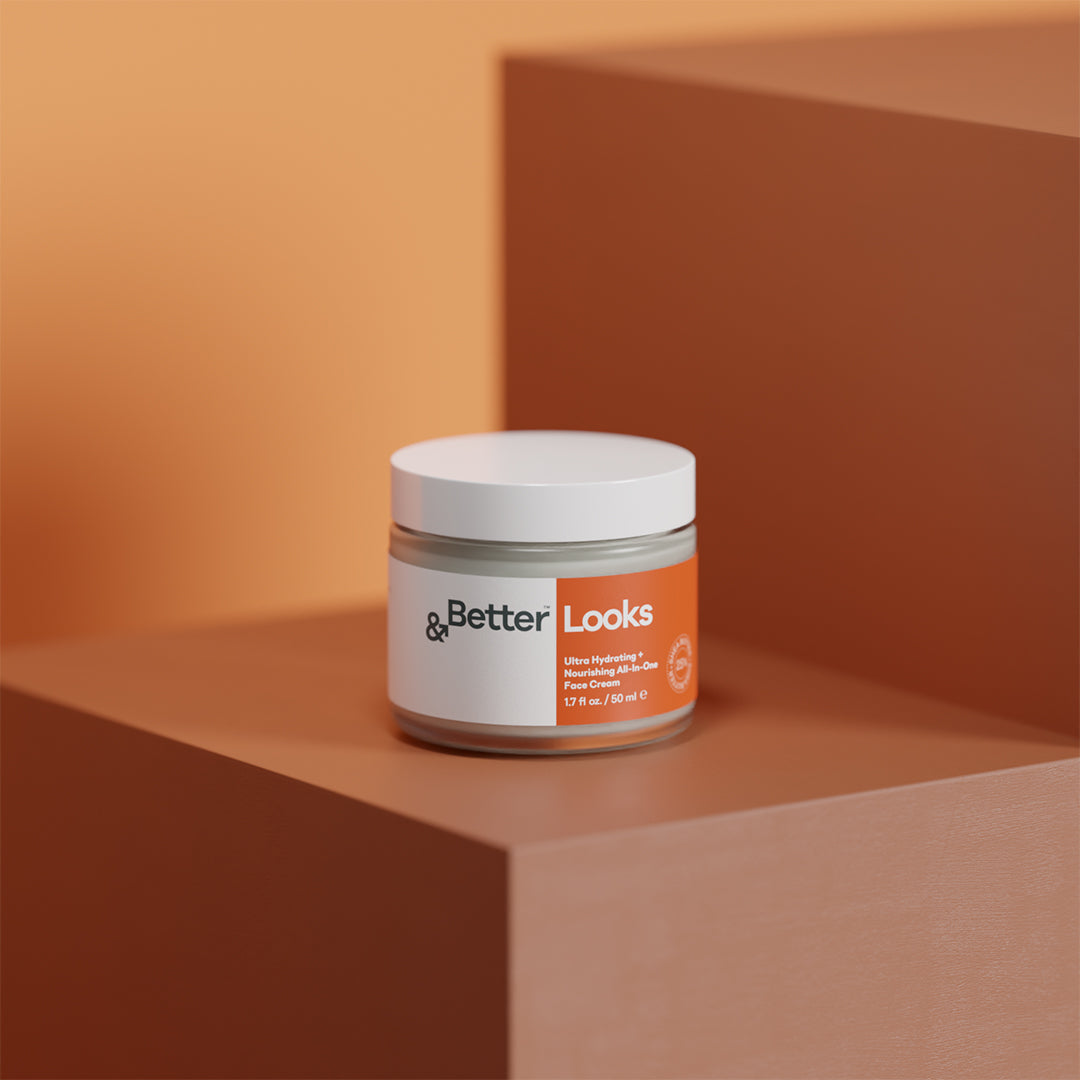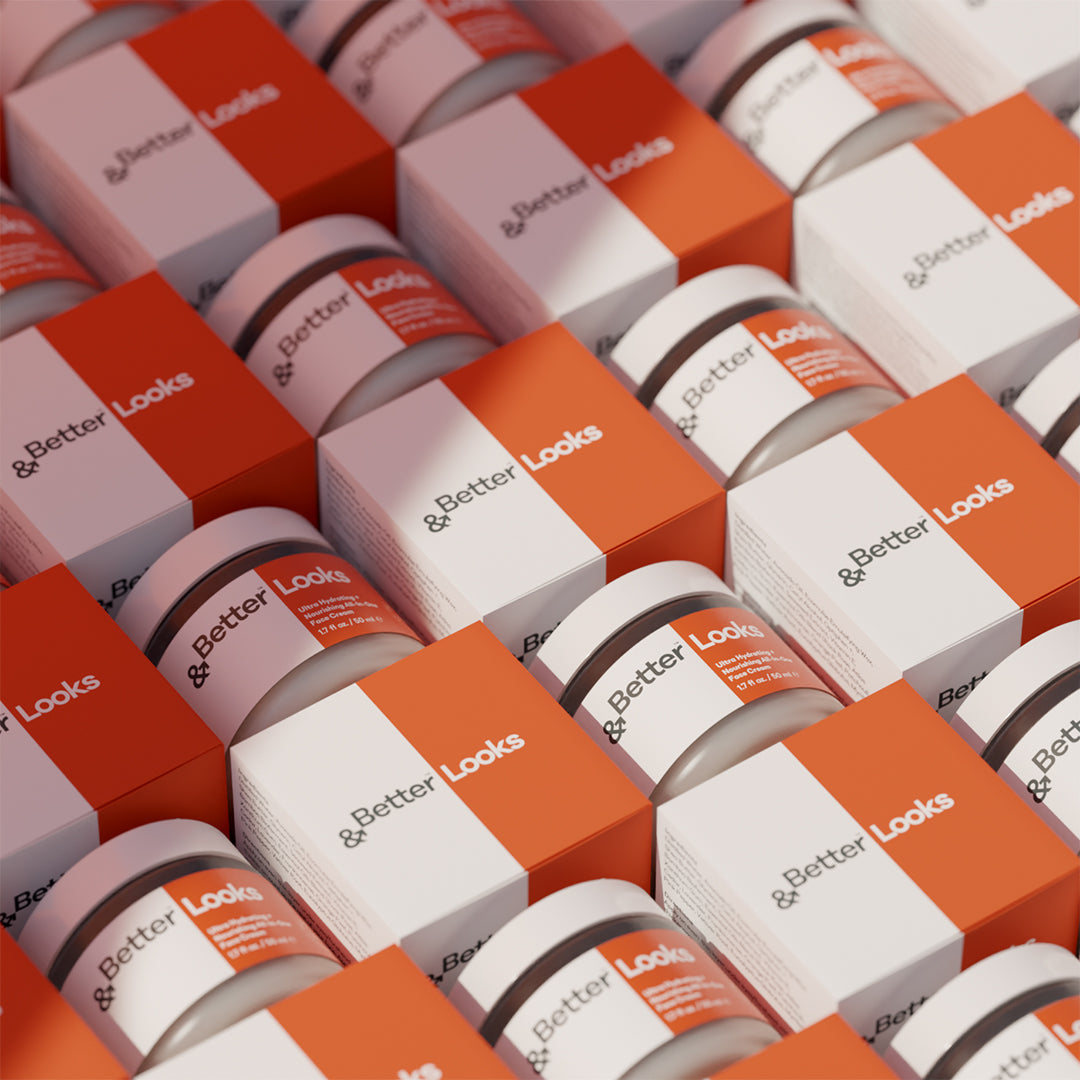Since the dawn of the Industrial Revolution, our planet has been heating up. The average surface temperature of Earth has risen by approximately 2.1°F (1.2°C). This might not seem like much, but this extra heat has upset the delicate balance of our climate system. The result? Catastrophic events like rising sea levels, mega-storms, wildfires, and droughts.
But instead of focusing on the challenges, let's focus on the solutions. As Eduardo Garcia suggests in the book "Things You Can Do " we can transition from fossil fuels to a green economy. This transition isn't just for politicians, company executives, and investors. It's for all of us.
There's no Planet B. It's up to us to protect and preserve the one we have. At &Better, we believe in the power of small changes and their ability to make a big difference. This belief isn't just about our products; it's about our lifestyle, our planet, and our future. We understand that our everyday actions have a significant impact on the world around us. In our upcoming posts, we'll share specific, easy-to-follow tips on how you can help fight climate change and plastic waste. In this blog, we’ll re-examine the plastic crisis and share with things you can do to stop plastic crisis.
Why should we care for plastics, after all?
We've all heard it a million times: "Go plastic-free." But do we truly understand what plastic is and how harmful it can be? Let's delve deeper into the world of plastics, a material so pervasive in our lives that it's almost impossible to imagine a day without it.
The Birth and Growth of Plastics
Plastics, also known as polymers, have their roots in the Greek words 'poly,' meaning 'many,' and 'meros,' meaning 'parts' or 'units.' Synthetic polymers are primarily produced using carbon atoms in fossil fuels and hydrogen, but they can also contain other elements like oxygen, chlorine, fluorine, nitrogen, silicon, phosphorus, and sulfur.
From the book, the production of plastics took a significant leap during World War II. Materials like nylon began replacing silk in parachute manufacturing, synthetic rubber was used for tires, and Plexiglas found its way into submarine periscopes, aircraft windshields, and gun turrets.
The growth of plastic is terrifying.The global production of plastics has seen a dramatic increase from 2 million metric tons in 1950 to a staggering 380 million metric tons in 2015.
The Invisible Plastic in Your Life
Today, plastics are not just visible in our everyday items but also hidden in places we might not expect. They have become an integral part of our lives, silently shaping our surroundings in ways we often overlook. As Eduardo Garcia points out in his book "Things You Can Do," plastics have infiltrated almost every aspect of our lives, from our homes to our wardrobes, and even our modes of transportation.
Take a moment to look around your home. You'll find plastics in the most unexpected places. They are extensively used in construction for insulation, providing a barrier against heat and cold, thus helping to maintain a comfortable indoor environment. They are also used in pipes, offering a durable and corrosion-resistant solution for our plumbing needs. Even the windows and roofs of our homes often incorporate plastics, providing us with clear views and protection from the elements.
But the reach of plastics extends far beyond our homes. They have also made their way into our wardrobes. More clothing is now made out of polyester and nylon, both types of plastics, than traditional materials like cotton and wool. These synthetic fibers offer durability and flexibility, making them popular choices for a variety of garments. From the waterproof jacket that keeps you dry in the rain to the stretchy yoga pants that move with you, plastics have transformed the way we dress.
Even our modes of transportation are not immune to the pervasive influence of plastics. Our vehicles, whether cars, buses, or bikes, are composed of up to 50% plastics by volume.
Plastic's Heavy Burden: A Future Weighing More Than 35,000 Empire State Buildings
However, this widespread use of plastics comes with a significant environmental cost. If we continue on our current path, by 2050, we will have approximately 12 billion metric tons of plastic waste in landfills or the natural environment. To put that into perspective, that's 35,000 times as heavy as the Empire State Building!
How Plastic Contributes to Climate Change and Carbon Emissions
The connection between plastics and high carbon emissions is undeniable. Plastics are made with fossil fuels, and their production and incineration could lead to 56 billion metric tons of carbon emissions between now and 2050. To put that into perspective, it's almost 50 times the annual emissions of all the coal power plants in the U.S. If we don't significantly reduce plastic production, slowing down climate change will be an uphill battle.
The Invisible Threat: When Plastic Becomes Microplastic
Plastics, while visible in many aspects of our lives, also pose an invisible threat in the form of microplastics. Unlike organic materials, plastics don't biodegrade because they can't be broken down by microbes. However, over time, plastic waste often fragments into smaller pieces known as microplastics. These tiny particles, often thinner than a human hair, are a hidden menace that we are only beginning to understand.
Microplastics can originate from a variety of sources. They can be the result of larger plastic items breaking down over time, but they can also come from synthetic fibers in clothing and carpets, as well as car tires. These tiny particles are so small that they can float in the air, carried by atmospheric currents over thousands of miles. This widespread distribution of microplastics has led to their presence in some of the most remote corners of our planet. In fact, researchers have even found microplastics in the snow in the Arctic, a chilling testament to their pervasive reach.
But the reach of microplastics extends beyond our environment. They have also found their way into our bodies. Scientists estimate that the average person ingests or inhales between 74,000 and 121,000 particles of plastic each year. This number can be significantly higher for those who predominantly drink water from plastic bottles. The health implications of this constant exposure to microplastics are still not fully understood, but the fact that we are consuming such quantities is cause for concern.
The issue of microplastics underscores the complex and far-reaching impacts of our reliance on plastics. It's not just about the visible plastic waste we see in our oceans and landfills; it's also about these invisible particles that are infiltrating ecosystems and organisms, including our own bodies. There’s even a research stating daunting fact that microplastic is found in babies ’poop.
Small Things You Can Do to Reduce Plastic
Reducing plastic use and making a positive impact on our planet is easier than you might think. It all starts with the choices we make every day. Small actions can add up to significant changes, and each of us has the power to make a difference.
Supporting Sustainable Brands
We all have the power to make a difference, and it often starts with the choices we make every day. Consider choosing brands that prioritize sustainability by offering their products in plastic-free packaging. This simple switch not only reduces your own plastic consumption but also supports businesses that are making a conscious effort to reduce their environmental footprint.
Brands like &Better, for instance, are committed to sustainability at every level. From the choice of ingredients to their packaging, every aspect of their operation is designed with the environment in mind. By choosing &Better, you're not just caring for your body with high-quality, natural products, you're also contributing to a more sustainable future. Learn more about &Better’s commitment to sustainability.
Mindful Shopping: The Power of Conscious Consumerism
When shopping, be mindful of the packaging. Soft plastics, such as food pouches, cling film, and Bubble Wrap, are not recyclable. Whenever possible, opt for items that come in recyclable packaging. Similarly, steer clear of PVC. While not widely used in food packaging, some clamshells and blister packages are made of PVC, which is not recyclable.
By being more conscious of our shopping habits, we can help drive demand for more sustainable packaging solutions. Remember, every purchase is a vote for the kind of world we want to live in.
Switching Your Toothbrush
Consider switching your toothbrush. Instead of using a traditional plastic one, opt for a toothbrush made with recycled plastic or bamboo. Similarly, choose bars of soap and shampoo over liquid versions that come in plastic bottles.
Choosing Biodegradable Packaging
When choosing personal care products, look for those that come in biodegradable packaging. Some start-ups offer deodorants in biodegradable tubes, while others sell mouthwash, toothpaste tablets, and biodegradable floss in reusable containers.
Reading the Ingredients: Opting for All Natural Products
Take the time to read the ingredients of the products you buy. Many personal care products, including body lotions, gels, shampoos, lipstick, mascara, cleansers, and moisturizers, contain petroleum byproducts. Opting for natural cosmetics not only reduces your exposure to these chemicals but also supports brands that prioritize sustainability.
&Better uses all natural ingredients in the products, avoiding harmful chemicals. This not only ensures that their products are safe and nourishing for your skin, but also that they're kinder to our planet
Rethinking Razors: The Environmental Cost of Convenience
Disposable razors, while convenient, have a significant environmental cost. Hundreds of millions of these razors end up in landfills every year, sometimes after being used just once. By switching to a reusable razor, you can help reduce this waste.
Avoiding Microbeads: Protecting Our Oceans One Wash at a Time
Another small change you can make is avoiding products that contain microbeads. These tiny pieces of polyethylene plastic are often added to facial scrubs, toothpaste, and body washes. They're too small to be filtered by water treatment plants and often end up in the ocean, where they're ingested by marine animals.
Remember, every action counts. Each of us has a role to play in reducing plastic waste and protecting our planet. By making these small changes, we can collectively make a big difference. At &Better, we're committed to supporting you on this journey towards a more sustainable lifestyle. In our upcoming posts, we'll continue to share tips and insights on how you can help fight climate change and reduce plastic waste. Because together, we can make a big difference.



